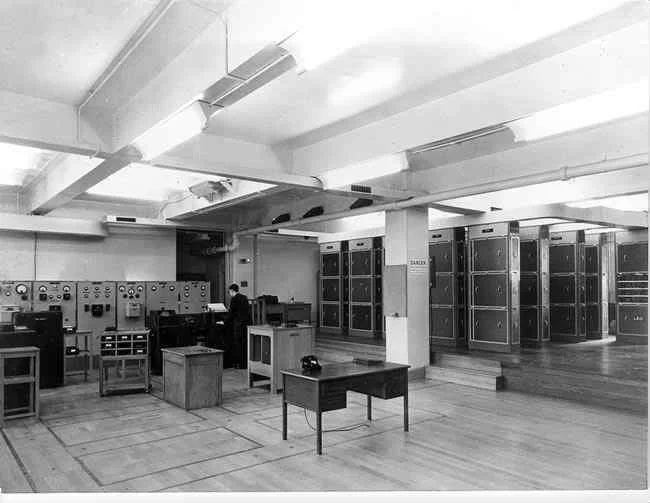13 Fruit Pies And Other Short Stories
/Too Many Prawns
I had a delicious lunch in an Indian restaurant recently and then someone reminded me of this famous quotation . . .
"A designer knows he has achieved perfection not when there is nothing left to add, but when there is nothing left to take away."
This made me wonder if all 18 King Prawn dishes on the fish section the huge, multi-section menu were really necessary and why so many restaurant owners fall into the trap of thinking that offering their customers more options leads to greater profits.
18 Prawn Dishes In One Section of One Menu
The Paradox of Choice
The Paradox of Choice - Why More Is Less, is a book by American psychologist Barry Schwartz. In the book, Schwartz argues that eliminating consumer choices can greatly reduce anxiety. Here’s why: we humans are more afraid of making the wrong choice than we are of making no choice at all so when confronted with a large array of options we’ll most likely either buy the one we already know we like or we’ll buy nothing.
You might think that this means that you have to offer every customer a dish that they already like but that’s what leads to an unmanageable menu (perhaps with too many prawn dishes) to anxiety for your customers and to an inefficient business that’s difficult to manage.
The World’s First Business Computer
Most probably you’ve never heard of Lyons but chances are that if your grandparents are British they’ll remember them with affection.
In 1894 Lyons started as a teashop in Piccadilly, London and, from 1909, developed this into a vast nationwide chain of teashops known as Lyons' Corner Houses. Lyons also ran high class restaurants and hotels. From the 1930s Lyons began to develop a pioneering range of teas, biscuits and cakes that were sold in grocery stores across the world.
Leo 1 - The World's First Business Computer
After the second world war the top management of Lyons foresaw the need of new electrical computers for organising the distribution of cakes and other highly perishable products. Therefore, they helped finance the University of Cambridge's Electronic Delay Storage Automatic Calculator (EDSAC), built their own programmable digital computers and, in 1951, became the first business to use a computer. The Lyons Electronic Office, LEO 1, It handled the company's accounts and logistics.
Of course by today’s standards LEO 1 was slow and crude. It was also huge, taking a whole large room to create the computing power of a modern hearing aid. Nevertheless, it enabled Lyons to analyse sales data in unprecedented detail.
13 Fruit Pies
When I was a small kid in London Lyons Individual Fruit Pies were a treat that we always took on family picnics in the country. First introduced by Lyons in the 1930's, long before I was available to eat them, these square-shaped pies had fruit or fruit puree fillings and were individually boxed.
Eventually, and perhaps due to the analytical power of early computing, the individual pies were made in 13 different flavours: apple, apricot, raspberry, rhubarb, gooseberry, mince, blackberry & apple, blackcurrant, cherry, orange, peach, pineapple, and lemon curd. Sometimes these flavours changed but as one was added another was taken away so that the total range only ever numbered 13 choices.
It turns out that 13 flavours are the optimal range of choice. Jam manufacturers’ too found that any more choice than 13 options often leads to lower sales, not more.
Worth remembering then because the chances are that if you have fewer than 13 choices on your menu, your restaurant will do better, not worse.






























